- Description
- Reviews (0)
- More Offers
- Store Policies
- Enquiries
Description
54 Ashanti Stool Models
A rare artisan collection of Ghanaian, miniature Akan (Asante) model stools designed for a sales apprentice. The only matching or identical pieces known to exist are at The British Museum.
Besides their aesthetic beauty, these pieces are much more than a collection of artefacts. This collection tells the story of what African art has contributed to the world. The collection embodies symbols that represent power of African tribes and cultures through their physical form.
Traditional Ashanti Stools Background
The Ashanti stool is a traditional Ghanaian carved wooden stool common in sub-Saharan West Africa.
The Asante, also known as Ashanti are part of the Akan ethnic group and are native to the Ashanti Region of modern-day Ghana
Among the Akan, the traditional stool is used as a utilitarian household object in religious ceremonies and is considered sacred.
The stool is also traditionally used as a symbol of chieftaincy in special and private occasions, and is seen as a symbol of royalty, custom and tradition. Queen mothers may be seen in public sitting on the traditional stool as a seat of authority, communicating messages about the nature of leadership.
The Asesedwa stool, for instance, is believed to have religious importance. They are carved into different sizes, shapes and design to communicate a specific message of authority. Therefore, it is important in the Akan tradition because it highlights the sense of community, social and political life, tradition and serving as a symbol of unity and solidarity, believed to bind the souls of their kinsmen together in both the physical and metaphysical worlds. The stool has great influence especially when a leader assumes office and hence a popular term “enstoolment” is used. In Akan, the stool of a leader is so integrally connected to his personality that the expression “a stool has fallen” defines his death.
The Golden Stool of the Ashantis is an incredibly important traditional stool called Sika Dwa which is believed to have a metaphysical origin that is also the essence of the Ashanti people. Gold was particularly reserved for royal use. In contrast, The Mampongs have the traditional silver stool.
Ashanti Everyday Stool
Stools are also gifted to family members by parents. It is believed in Ashanti culture, that a person’s energy over time becomes imbued with the objects that they use. As such, something personal such as a stool is tipped to indicate the absence of the owner.
Appearance and structure
The traditional stool has a rectangular base with concentric rings of spider in the middle, a central support that communicates the message with figural representations as a symbolism of the stool and a carved seat on the central support where the person of authority sits on.
The conventional stool (asesedwa) is made from the sese wood that gives it the whitish appearance. Other trees such as Bodaa can be used to carve the traditional stool.
Artist & Inscription
The pieces are identical to the ones at The British Museum and appear to have been made by the same person as the workmanship is very similar. We are very confident that it is the same person (sales person) who made inscriptions at the bottom of the model stools.
The stools are delicate, intact, and just like the ones at the British Museum have normal wear such as small cracks and chips commensurate to age and use. We professionally pack and ship with a high level of care and attention to detail to your high value purchased items.
Contact Us if you have any questions
Reference
“Collections Search | British Museum.” The British Museum, www.britishmuseum.org/collection/search?keyword=akan&keyword=ghana&keyword=stool&keyword=model. Accessed 23 June 2023.
Appiah-Kubi, Obed Persie & Inkum, Paul & Prisca, Phoebe & Agyakwa, Amisare & Wu, Ghana & Feng, Xinhao. (2022). Historical Overview of the Traditional Ghanaian Seats. International Journal of Culture and History. 9. 55. 10.5296/ijch.v9i2.20319.
Wikipedia contributors. “Traditional Ghanaian stool.” Wikipedia, The Free Encyclopedia. Wikipedia, The Free Encyclopedia, 11 Jan. 2023. Web. 29 Jul. 2023.
Be the first to review “A Rare Collection of 54 Mid-20th Century Ashanti Miniature Stool Models”
You must be logged in to post a review.
General Enquiries
There are no enquiries yet.



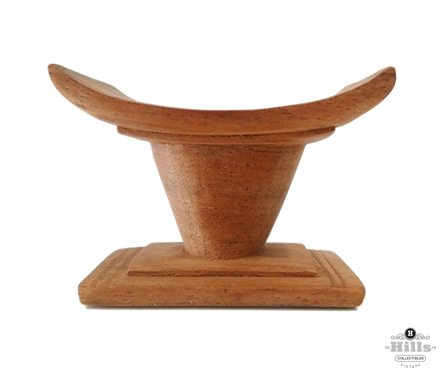
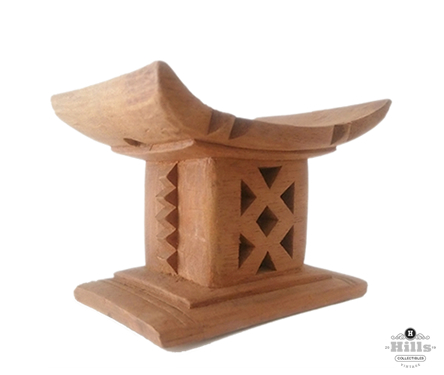
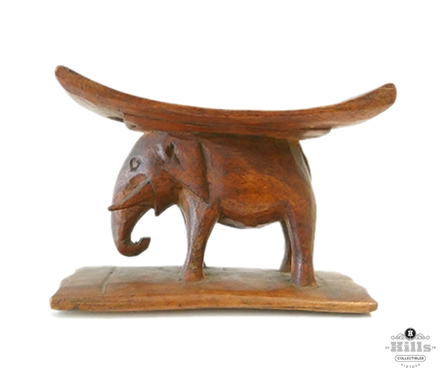
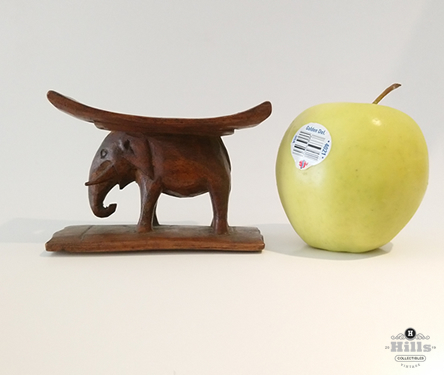
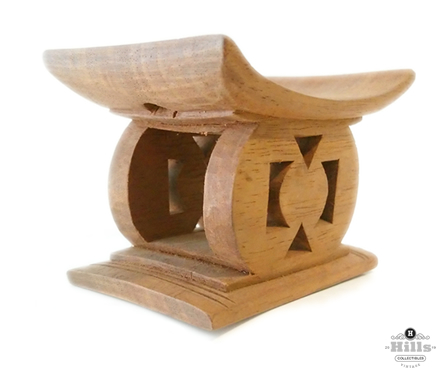

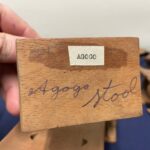
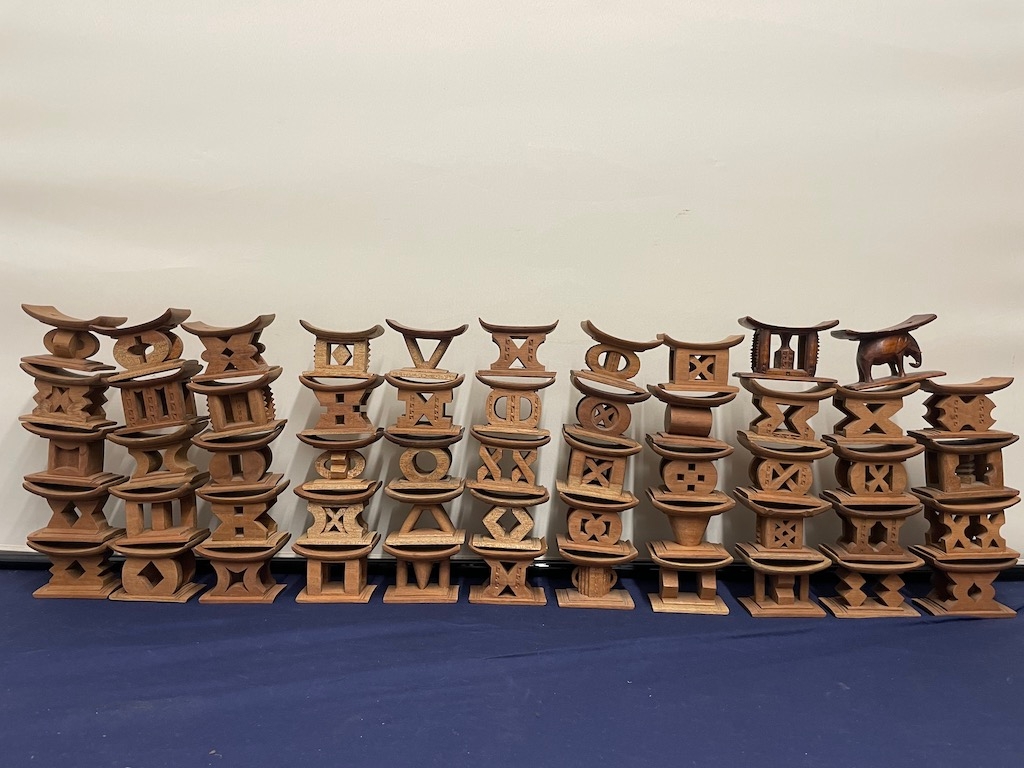

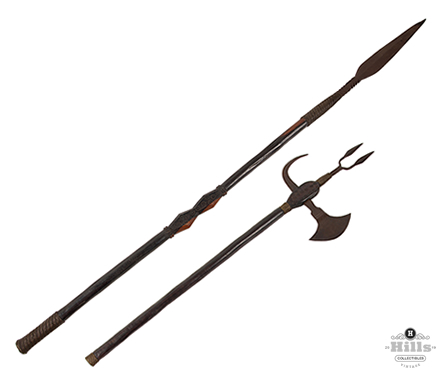
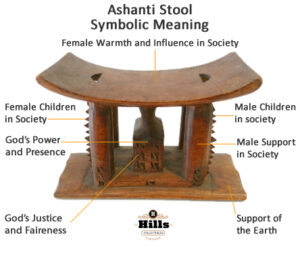
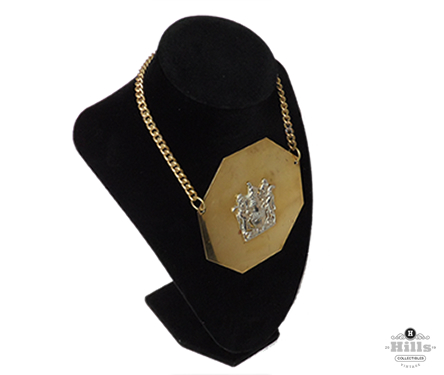
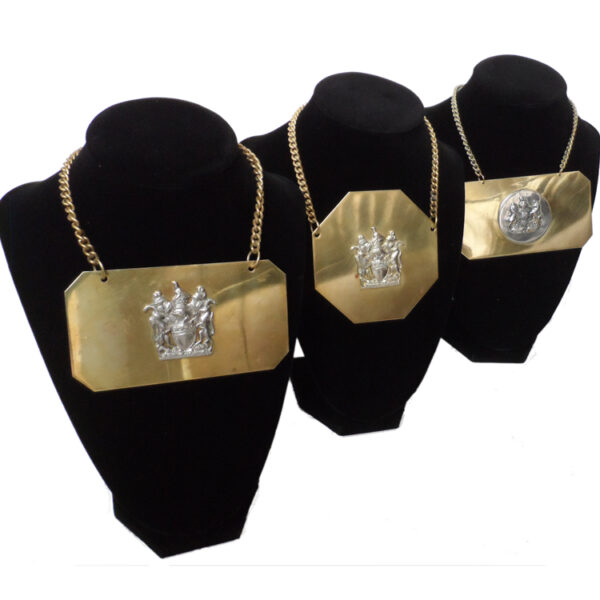


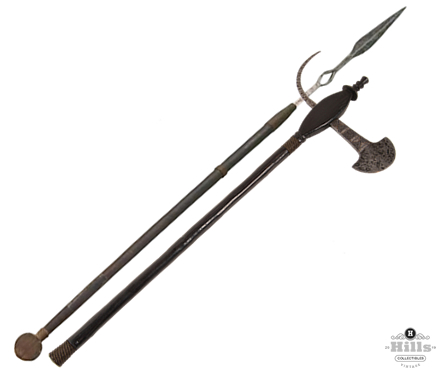
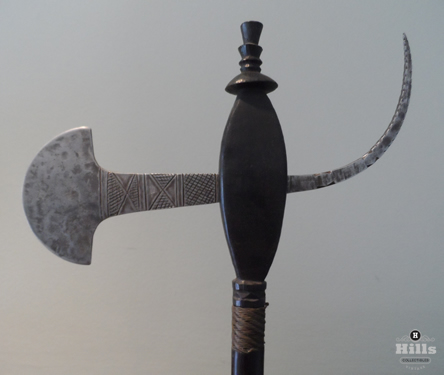
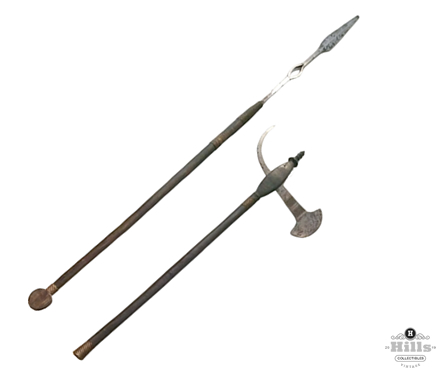
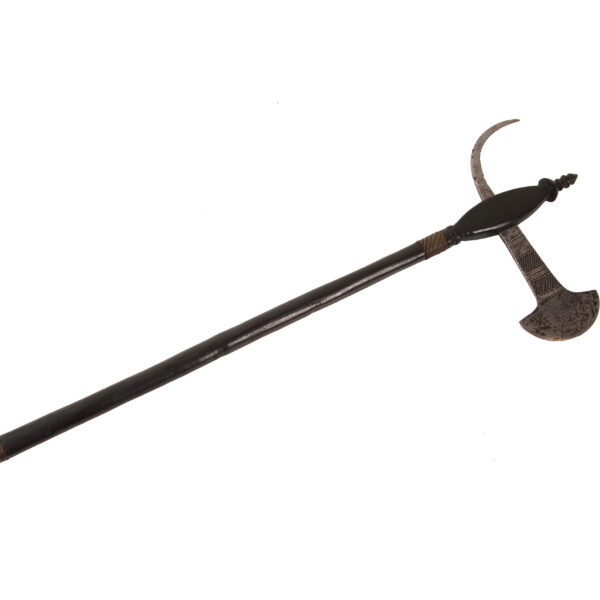

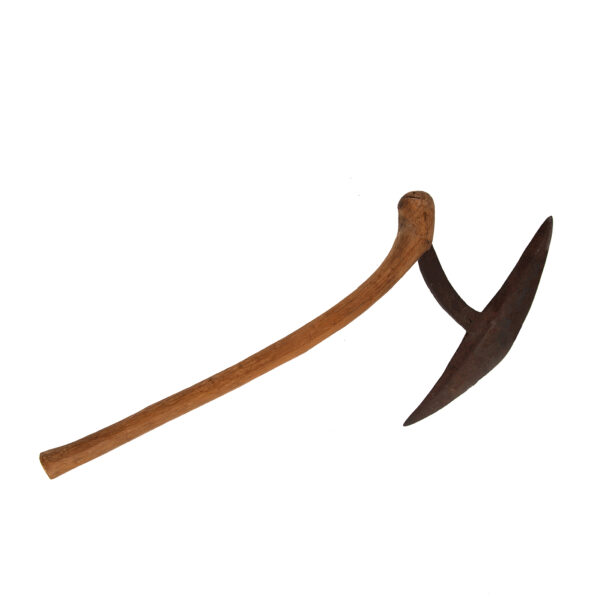
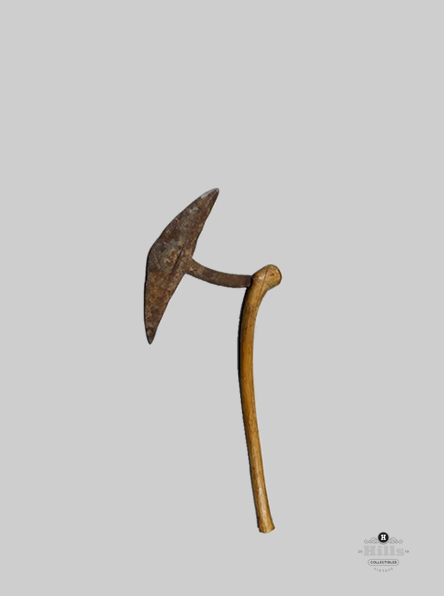
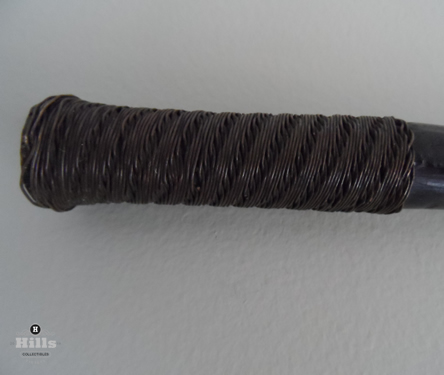

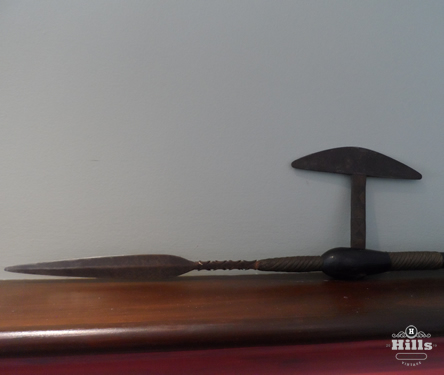
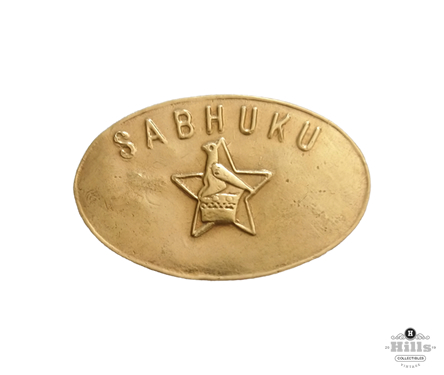

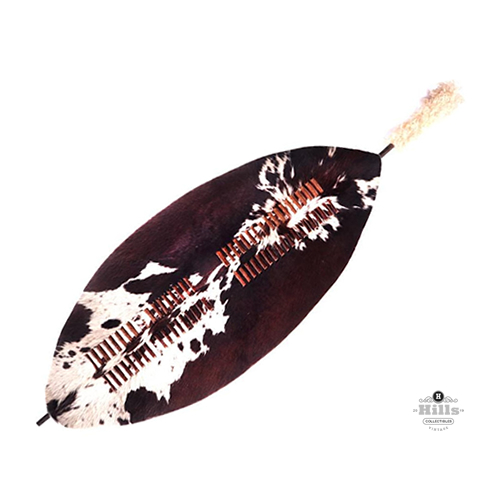
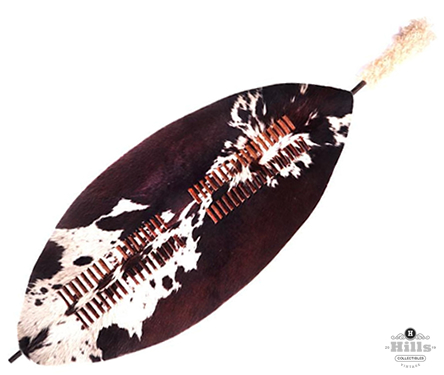



















Reviews
There are no reviews yet.